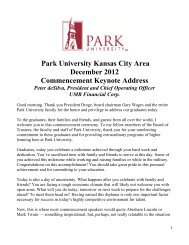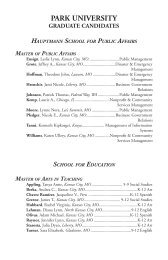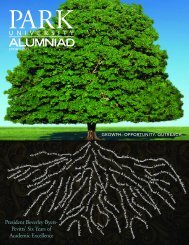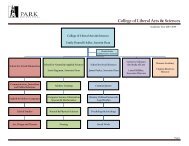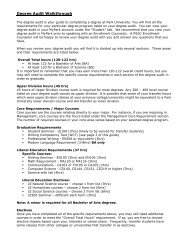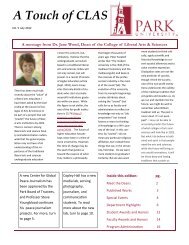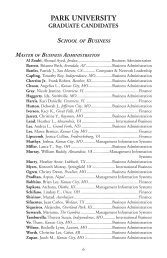How to Write a Radio Serial Drama for Social Development- PDF
How to Write a Radio Serial Drama for Social Development- PDF
How to Write a Radio Serial Drama for Social Development- PDF
You also want an ePaper? Increase the reach of your titles
YUMPU automatically turns print PDFs into web optimized ePapers that Google loves.
96 Chapter Six: Developing the Setting<br />
Based on the map, the writer can decide questions such as:<br />
• <strong>How</strong> long would it take the main character, Ogidigi, <strong>to</strong> walk <strong>to</strong> the<br />
main road<br />
• Could people in the clinic hear a child in trouble in the pond<br />
• Could someone in the clinic hear a car going up the village road<br />
• Could someone creep up on Dr. Mandus’s bungalow without being<br />
seen by anyone in the village<br />
• Could Auntie Katie see someone arriving at the clinic from her<br />
house<br />
Without the map and a clear understanding of the village layout, the<br />
writer easily could confuse the placement of the buildings in the village or<br />
contradict something from one episode <strong>to</strong> the next. When the writer is<br />
confused, so is the audience.<br />
Sometimes one plot in a radio drama will be set in a location distant<br />
from the rest, even though characters from other plots may visit it. In such<br />
cases, the writer should keep a special set of notes on travel <strong>to</strong> and from the<br />
distant location. The writer should consider:<br />
• <strong>How</strong> far away is the distant location from each of the others in the<br />
serial (One kilometer or 100 kilometers)<br />
• What method of transport do the people in the s<strong>to</strong>ry use <strong>to</strong> get <strong>to</strong><br />
this place (Bus, train, bicycle, or foot) What does public<br />
transportation cost<br />
• Is travel ever restricted because of weather conditions Is transport<br />
available on a restricted basis, only on Tuesdays, <strong>for</strong> example, or only<br />
when the local s<strong>to</strong>re owner drives his truck <strong>to</strong> <strong>to</strong>wn <strong>to</strong> collect<br />
supplies<br />
• <strong>How</strong> long does it take <strong>to</strong> get from this place <strong>to</strong> each of the others<br />
(Hours, days, weeks)<br />
• Where do people stay when they visit this location<br />
• What sound(s) do people immediately hear on arriving in this place<br />
(City traffic, farm animals, or bird song in the <strong>for</strong>est)<br />
• <strong>How</strong> does the geography, climate, social life, and economy of the<br />
distant location differ from those in other settings<br />
Conveying Location <strong>to</strong> the <strong>Radio</strong> Audience<br />
While the writer can look at sketches and maps of the setting, the audience<br />
cannot. Graphic details of the settings must be conveyed <strong>to</strong> listeners through<br />
the medium of sound alone; this includes dialogue, sound effects, narration,<br />
and music.<br />
Dialogue is the most reliable source of details about the setting. In fact,<br />
some settings, such as the room sketch on page 92, cannot be conveyed<br />
through sound effects or music. Here the writer must rely on dialogue,<br />
allowing the characters <strong>to</strong> reveal the picture of their surroundings as a natural<br />
part of their conversation.<br />
The following 14 lines of dialogue open a scene located in the room<br />
sketched on page 92. (The term “line” in radio drama refers <strong>to</strong> the whole




